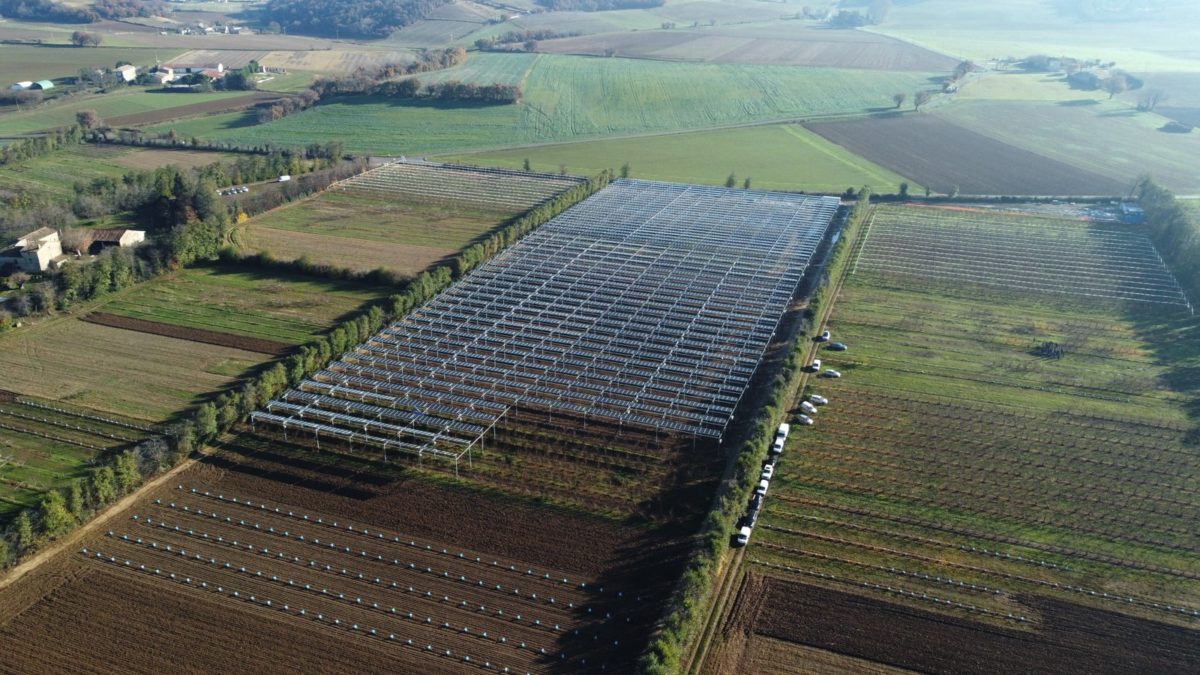The Romanian parliament recently adopted an amendment to Land Law no. 18/1991 that could remove regulatory barriers to the development of renewable energy projects on agricultural land.
“The new provisions have not yet entered into force, but this should occur shortly,” Mihaela Nyerges, partner at Romanian law firm Vlăsceanu, Nyerges and Partners, told pv magazine. “It was adopted by the parliament and sent to the Romanian president for promulgation, which should not take more than 20 days. After promulgation, it will be published in the official gazette and will enter into force three days from publication.”
The new rules allow PV, wind, biomass, bioliquid, biogas, storage projects, and transformer stations to be developed directly on extra-muros land under fertility classes III, IV, and V. Thus far, development has been prohibited on such sites. The new rules also establish that such land could be used for projects with dual uses, including power generation and agricultural activities.
Construction work has long been permissible only on sites that are registered as intra-muros, buildable land.
“Although there are specific exceptions to this rule, none of them applies to renewable energy projects,” Nyerges said. “The new law mainly paves the way for agrivoltaic projects and solves some of the permitting inconveniences faced by developers.”
For example, the approval of a zonal urbanism plan (PUZ) to change land destinations to intra-muros will no longer be necessary.
“Instead, a special procedure for changing the land category from agricultural to buildable land should be conducted,” she said. “However, such procedure is significantly shorter as compared to the PUZ, as the authorities should issue their approval within 45 days from the application date, or else the application is deemed tacitly approved.”
The new rules also set lower authorization fees for PV projects in the case of dual-system applications.
“In case a dual system is implemented, the change of land category from agricultural to buildable will no longer apply to the entire land allocated to the renewable energy project, but only to the specific portion of land which can no longer be used for agricultural purposes,” Nyerges said. “In the case of PV projects, this is highly significant as a higher pillar structure allows for agricultural activities/animal grazing underneath the panels and hence, a much lower surface of land becomes affected.”
The new law only applies to sites up to 50 hectares in size.
“This limitation may trigger a high impact on the economics of the PV projects, since high connection costs may be commercially acceptable only in case of high project capacity, which requires a big surface,” she said, noting that the new law will only apply until Dec. 31, 2026. “The idea behind the 2026 deadline was to stimulate the investments in renewable energy capacities for the duration of the current EU budget (2021-27), in order to increase the absorption rate of the available EU funds. From this perspective, after the National Recovery and Resilience Plan that was launched several months ago, the industry is eagerly waiting for the Modernization Fund that is expected, after long delays, to be accessible from this fall.”
This content is protected by copyright and may not be reused. If you want to cooperate with us and would like to reuse some of our content, please contact: editors@pv-magazine.com.




A BIG Step Closer to a Zero Pollution Romania… with the Earth.. to follow…
Speed is of essence to save 25,000 Premature Deaths Daily caused by Pollution.. and Billions who suffer from Pollution effects…
This is big step to agricultural disaster and big reward for bilioners and WEF